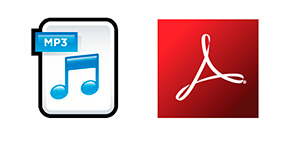Electronic pipetunes


Just for fun! Three pipetunes composed and written in the computer program, Sibelius, using its synthesised bagpipes to get the Great Highland Bagpipe doing things it could never do in real life. Enjoy!
Don't cringe too much - it sounds less synthetic than you might expect.
The scores for these 3 tunes were written in Sibelius- a computer program used professionally to compose and write music. The notated music can then be played with various stored music sounds including bagpipes. Sibelius had 650 instruments available at last count, including a bagpipe chanter, and drone.
Unlike conventional Pipe notation, the music created in Sibelius must be created in a key, in this case A Major. The advantage of the system is that it has a rather greater pitch range than conventional, eg., one of the pieces in this "pipe" collection reaches high C#.
The notation of gracenotes can be complex for the more florid ornaments, but they are amazingly uniform compared with the struggle a live performer has.
It is also possible to create chromatic notes not in the original scale. The Scary Pensioner is an example but shows why this has been traditionally avoided - discordance is worse than usual. The match of Drone and Chanter volume proved poor, and impossible to adjust. This was because an unvarying loudness has been programmed in. The only solution was to have a "quartet" of pipers playing the melody in unison above the drones to give 4x the volume. Interesting, but live performance has much greater clarity. Other programs dedicated to bagpipe imitation are said to be much more accurate and pleasing.
Written in Sibelius to celebrate my wife's new pensioner status. The scary nature of the piece - Briar can be a bit scary - comes from the chromatic scale, impossible on real bagpipes
A pipetune (a jig) composed for a Spanish woman who stayed with us for six months. It sounds more like a flamenco as it proceeds, but is rather easier than it sounds
Composed for my wife Briar. Bright and cheerful.